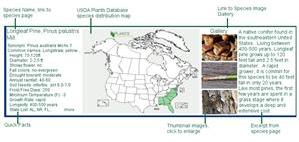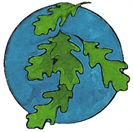
Pine trees of North Carolina
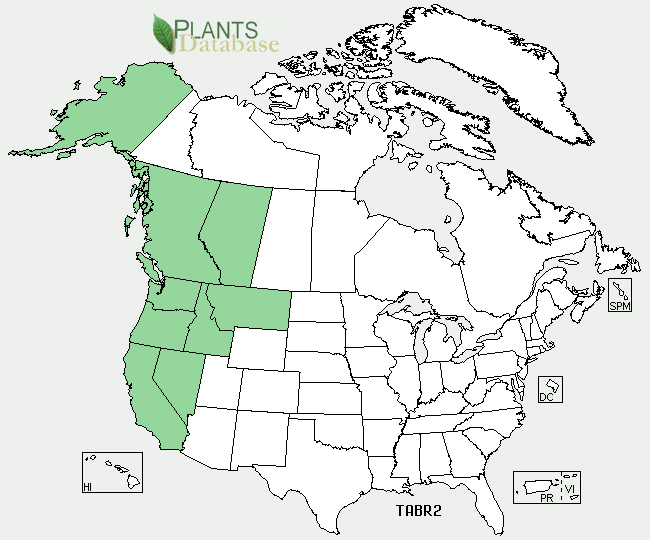

Sand Pine (Pinus clausa Chapm ex Engelm.) Vasey ex Sarg.
Common names: Scrub pine, Spruce
Height: 80 ft
Diameter: 18-20 inches
Showy flower: no
Fall colors: no-evergreen
Drought tolerant: low
Annual rainfall: 40-65
Soil Needs: moist, sandy, pH 4.2-5.5
Frost Free Days: 265
Minimum Temperature (F): 2
Growth Rate: slow
Longevity: less than years
State List: AL, FL, GA, MS, NC
Common names: Scrub pine, Spruce
Height: 80 ft
Diameter: 18-20 inches
Showy flower: no
Fall colors: no-evergreen
Drought tolerant: low
Annual rainfall: 40-65
Soil Needs: moist, sandy, pH 4.2-5.5
Frost Free Days: 265
Minimum Temperature (F): 2
Growth Rate: slow
Longevity: less than years
State List: AL, FL, GA, MS, NC
Sand pine has 2 geographic specific variations, the difference being cone behavior. In the Florida peninsula, sand pines are var. clausa, known commonly as Ocala Sand pine. They have mostly serotinous cones, meaning they only open when heat activated. The other variety, var. immuginata occurs in the Florida panhandle and southern Georgia, and is known as ...more

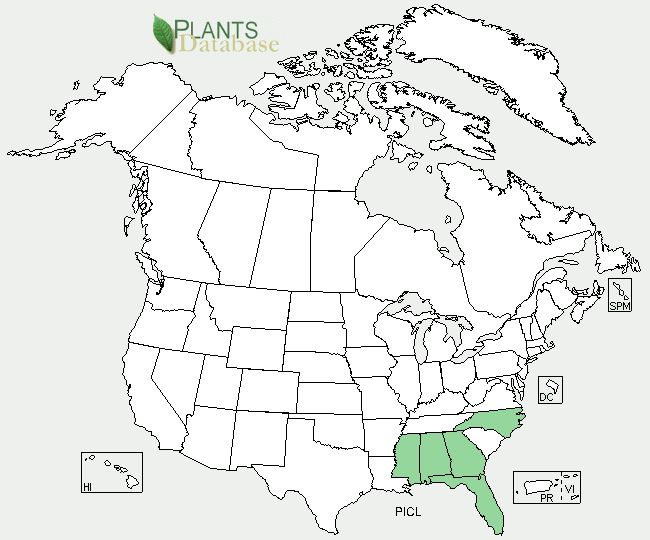


Shortleaf Pine (Pinus echinata Mill.)
Common names: Yellow pine, Old
Height: 75-100ft
Diameter: 2-4 ft
Showy flower: no
Fall colors: no-evergreen
Drought tolerant: no
Annual rainfall: 20-80
Frost Free Days: 90
Minimum Temperature (F): -33
Growth Rate: rapid
Longevity: 200-450 years
State List: AL, AR, DE, FL, GA, IL,
KY, LA, MD, MO, MS, NC, NJ, NY,
OK, OH, PA, SC, TN, TX, VA, WV
Common names: Yellow pine, Old
Height: 75-100ft
Diameter: 2-4 ft
Showy flower: no
Fall colors: no-evergreen
Drought tolerant: no
Annual rainfall: 20-80
Frost Free Days: 90
Minimum Temperature (F): -33
Growth Rate: rapid
Longevity: 200-450 years
State List: AL, AR, DE, FL, GA, IL,
KY, LA, MD, MO, MS, NC, NJ, NY,
OK, OH, PA, SC, TN, TX, VA, WV
An evergreen native conifer, Shortleaf pine has the widest distribution of any southeastern pine species. It commonly attains 100 feet in height and 2 to 3 feet in diameter. A straight single trunk supports a narrow, conical to pyramidal or flat topped crown. It has a deep tap root and lateral roots about 24 inches beneath the surface and is wind firm. Pinus echinata's ...more

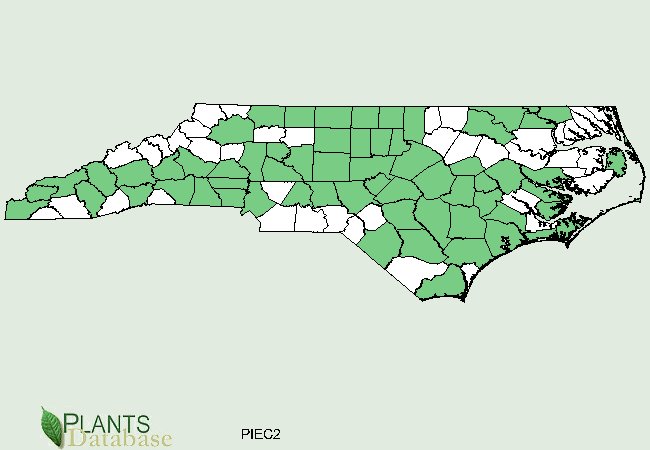

Slash Pine (Pinus elliottii Engelm.)
2 variations: elliottii, and densa
Height: 50-100 ft
Diameter: 2-3 ft
Showy flower: no
Fall colors: no-evergreen
Drought tolerant: low
Annual rainfall: 40-80 inches
Soil Needs: moist, pH 4.0-6.4,
Frost Free Days: 250
Minimum Temperature (F): -18
Growth Rate: rapid
Shade: Intolerant
State List: AL, FL, GA, LA, MS, NC,
SC, TX ...more
2 variations: elliottii, and densa
Height: 50-100 ft
Diameter: 2-3 ft
Showy flower: no
Fall colors: no-evergreen
Drought tolerant: low
Annual rainfall: 40-80 inches
Soil Needs: moist, pH 4.0-6.4,
Frost Free Days: 250
Minimum Temperature (F): -18
Growth Rate: rapid
Shade: Intolerant
State List: AL, FL, GA, LA, MS, NC,
SC, TX ...more

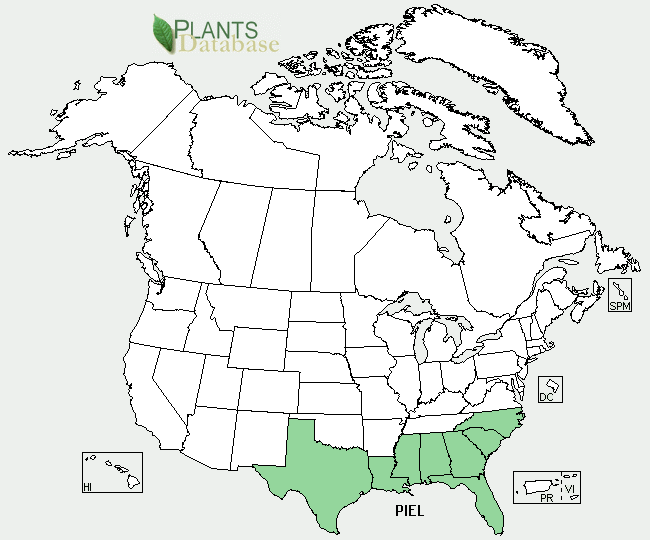
Slash pine is a native evergreen conifer found across much of the southern United States. Pinus elliottii, the regular slash pine, is the most abundant and widely spread, whereas Florida Slash Pine, var. densa, is native only to central and southern Florida. The two varieties can hybridize were their ranges overlap. There are several
distinguishing ...more
distinguishing ...more


Table-Mountain Pine (Pinus pungens)
Common names: Hickory Pine, Prickly
Height: 50-60 ft
Diameter: 2-3 ft
Showy flower: no
Fall colors: no-evergreen
Drought tolerant: high
Annual rainfall: 36-60
Soil Needs: well draining, pH 4.5-7.0
Frost Free Days: 165
Minimum Temperature (F): -18
Growth Rate: slow
Longevity: 250
State List: GA, IL, MD, NC, NJ, PA,
SC, TN, VA, WV ... more
Common names: Hickory Pine, Prickly
Height: 50-60 ft
Diameter: 2-3 ft
Showy flower: no
Fall colors: no-evergreen
Drought tolerant: high
Annual rainfall: 36-60
Soil Needs: well draining, pH 4.5-7.0
Frost Free Days: 165
Minimum Temperature (F): -18
Growth Rate: slow
Longevity: 250
State List: GA, IL, MD, NC, NJ, PA,
SC, TN, VA, WV ... more
A slow growing native conifer, Table-Mountain pine is a small tree, usually with a crooked trunk, only reaching 25 feet in height in the first 20 years of development. The oldest known tree is 227 years and can be found in southwest North Carolina. Pinus pungens grows up to 60 feet, most are around 50 feet tall. The single trunk, reaching a diameter between 2 ...more

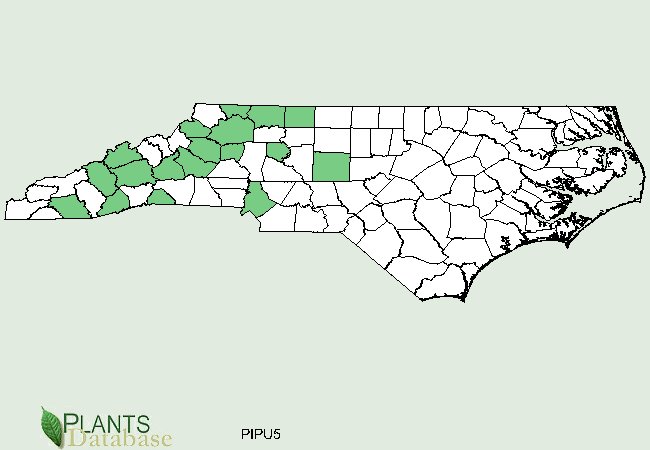


Virginia Pine (Pinus virginiana Mill)
Height: 40-75 ft
Diameter:1-1.5 ft
Showy flower: no
Fall colors: no-evergreen
Drought tolerant: highly
Annual rainfall: 32-65
Soil Needs: well draining, pH 4.5-7.5
Frost Free Days: 90
Minimum Temperature (F): -33
Growth Rate: rapid
Longevity: 200-450 years
State List:AL, DE, GA, IL, IN, KY,
MD, MO, MS, NC, NJ, NY, OH, PA,
SC, VA, WV
Height: 40-75 ft
Diameter:1-1.5 ft
Showy flower: no
Fall colors: no-evergreen
Drought tolerant: highly
Annual rainfall: 32-65
Soil Needs: well draining, pH 4.5-7.5
Frost Free Days: 90
Minimum Temperature (F): -33
Growth Rate: rapid
Longevity: 200-450 years
State List:AL, DE, GA, IL, IN, KY,
MD, MO, MS, NC, NJ, NY, OH, PA,
SC, VA, WV
A native conifer, the Virginia Pine is a short to moderately lived tree, rarely reaching 150 years in age, and usually begins to decline between 65 and 90 years old. Sometimes ragged or shrubby on poorer sites, Virginia pines only grow to a height of 25 feet in 20 years and reach a mature height between 40 and 70 feet. Most trees do not exceed 1.5 feet in diameter. ...more

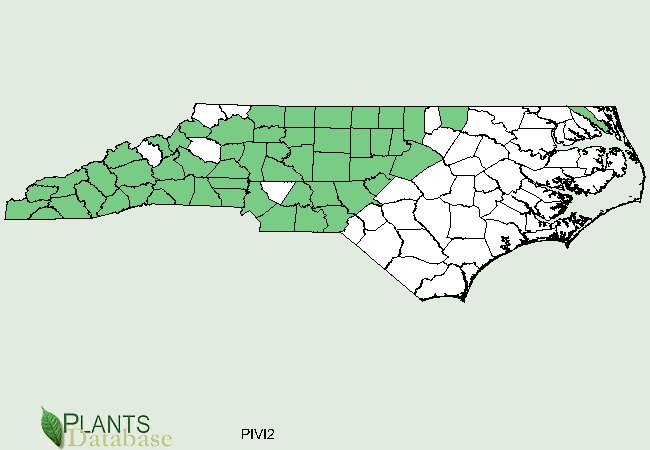
North Carolina Pine page 1, 2
The state distribution maps in the species info boxes below are from the USDA NRCS PLANTS Database at plants.usda.gov. In instances where state specific maps are unavailable, the US distribution map will be used in its place. Also, the PLANTS Database website states "Our county data are based primarily on the literature, herbarium specimens, and confirmed observations. However, not all populations have been documented, so some gaps in the distribution shown above may not be real. Remember that only native and naturalized populations are mapped!"
Pine trees are one of the most varied and widely spread genus of native tree species in North America. From the cold mountains of Alaska to Nova Scotia in the east, from high wind-swept Rocky Mountain cliffs to the fertile Appalachian forests, on seaside borders, swamps, dry foothills, lowlands and everywhere in between, pine trees can be found. Adapted to so many environments, pine trees are hardy survivors in their native habitat. The pine trees of North America were used by Native Americans for treatments of respiratory ailments, in canoe building and even as food. Today native pines are one of the most valuable commercial timber sources and continue to be used for construction, furniture, pulpwood, land management and more.
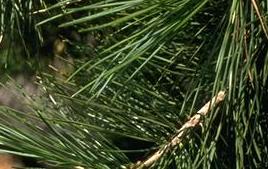
To visit other tree families in North Carolina, select it here:
Click to enlarge
- Trees
- A-Z scientific
- A-Z by Common Name
- Families
- Aceraceae Maple Family
- Anacardiaceae Sumac Family
- Annonaceae Custard Apple Family
- Aquifoliaceae Holly Family
- Arecaceae, Palm Family
- Betulaceae Birch family
- Bignoniaceae Trumpet Creeper Family
- Burseraceae Frankincense Family
- Caprifoliaceae Honeysuckle Family
- Chrysobalanaceae Coco-plum Family
- Cornaceae Dogwood Family
- Cupressaceae Cypress Family
- Cyrillaceae Cyrilla Family
- Ebenaceae Ebony Family
- Ericaceae Heath Family
- Fabaceae Pea Family
- Fagaceae Beech Family
- Hamamelidaceae Witch Hazel Ffamily
- Hippocastanaceae Horse Chestnut Family
- Juglandaceae Walnut Family
- Lauraceae Laurel Family
- Leitneriaceae Corkwood Family
- Magnoliaceae Magnolia Family
- Meliaceae Mahogany Family
- Moraceae Mulberry Family
- Myricaceae Bayberry Family
- Myrsinaceae Myrsine Family
- Myrtaceae Myrtle Family
- Nyctaginaceae Four Oclock Family
- Olacaceae Olax Family
- Oleaceae Olive Family
- Pinaceae Pine Family
- Platanaceae Plane Tree Family
- Polygonaceae Buckwheat Family
- Rhamnaceae Buckthorn Family
- Rosaceae Rose Family
- Rubiaceae Madder Family
- Rutaceae Rue Family
- Salicaceae Willow Family
- Sapindaceae Soapberry Family
- Sapotaceae Sapodilla Family
- Simaroubaceae Quassia Family
- Styracaceae Storax Family
- Symplocaceae Sweetleaf Family
- Theaceae Tea Family
- Tiliaceae Lindon Family
- Ulmaceae Elm Family
- Taxaceae Yew Family
- Yucca Family
- Browse by State
- Rare or Endangered Species
- Trees_with_Special_Uses
- Tallest and Biggest
- Noxious Weeds
- Causes
- About Us
- Our Stores


™

™

Custom Search
™
™
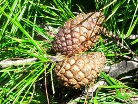
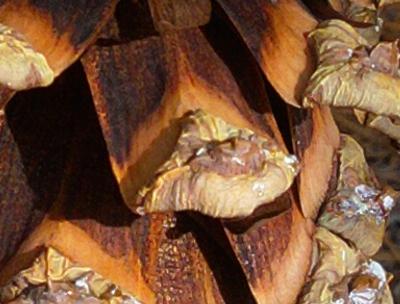
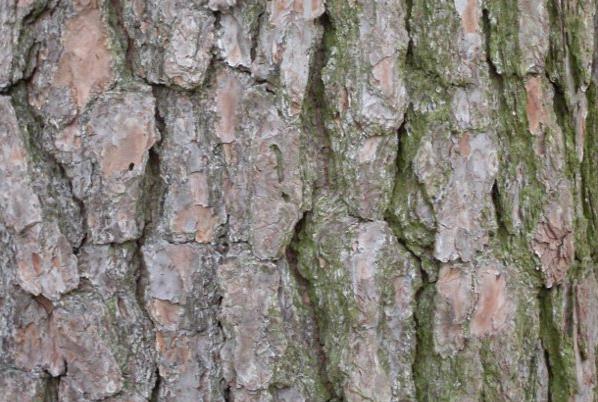

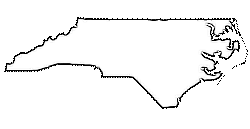
North Carolina
Tar heel State, 'First in Flight'

Want to add your tree to our picture gallery? Click here for details!
Tree lists:
•A-Z by scientific
name
•A-Z by common
name
•By Family
For state A-Z list click state name below.
•A-Z by scientific
name
•A-Z by common
name
•By Family
For state A-Z list click state name below.
-Color denotes a tree that is rare or endangered

We are part of the Hubpages community.
Click here for more info.
Click here for more info.












